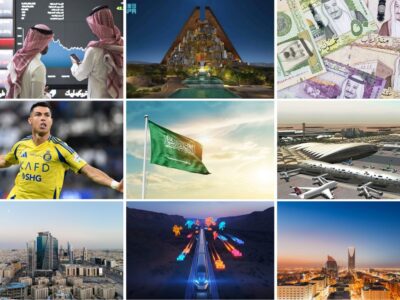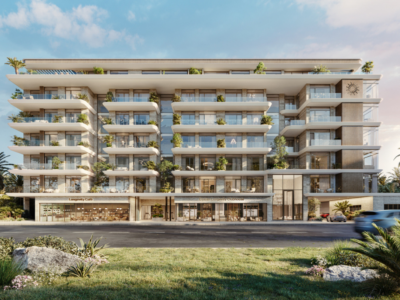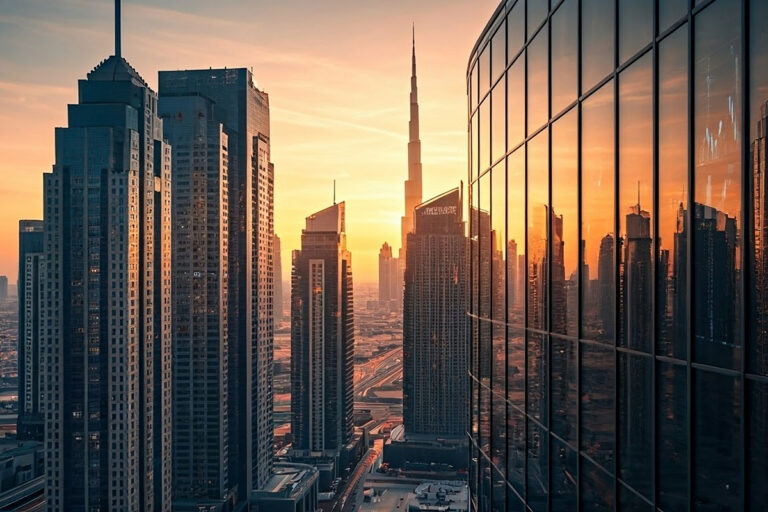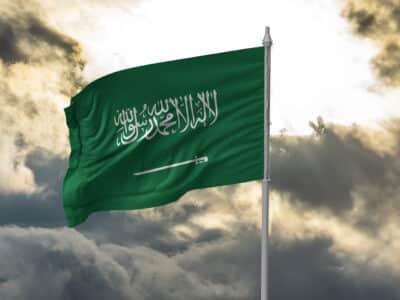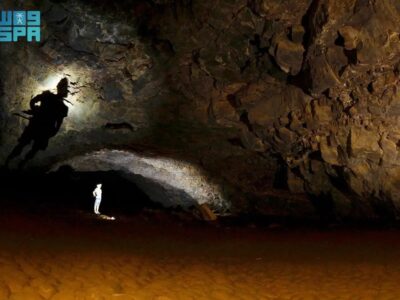The UAE is experiencing a surge in branded residences with buyers willing to pay premiums of up to 69 per cent per square foot for properties associated with international brand names, accelerating the country’s growth as a hub for luxury real estate.
Dubai is projected to double its branded residence projects by 2029, potentially overtaking established markets like New York and Miami, while Abu Dhabi has witnessed a fourfold increase in branded residence launches in 2025 alone, according to new market data.
Meanwhile, Ras Al Khaimah is emerging as a key growth market driven by tourism potential and landmark developments, including the much-anticipated Wynn Al Marjan integrated gaming resort.
“Abu Dhabi has firmly positioned itself as a premier destination for luxury and lifestyle-led investments,” said Evgeny Ratskevich, CEO of Metropolitan Capital Real Estate.
“We have witnessed investors initially seeking to purchase a single property, ultimately expanding their portfolios due to a strong belief in the market’s potential. We are also seeing an increase in the number of long-term residents who are opting to purchase properties in the market,” he added.
The uptick is attributed to a fundamental shift in demand for luxury real estate, where high-net-worth individuals (HNWIs) are increasingly prioritising brand trust, service standards and experiential living over traditional property features.
“Branded residences aren’t just for globe-trotting investors anymore – they’re now the dream address for end-users who want to live like they’re always on vacation,” said Kalpesh Kinariwala, founder of Pantheon Development, in an exclusive interview with Arabian Business. “Dubai’s buyers want lifestyle with a logo. RAK’s buyers want first-mover bragging rights.”
The global branded residences sector has recorded 410 per cent growth over the past decade, with the UAE leading the charge in the Middle East and North Africa region. This expansion is being driven by several factors including rising international buyer confidence, Dubai’s emergence as a luxury lifestyle hub, and developers leveraging brand equity to command premium pricing.
Premium pricing power drives investment appeal
The financial benefits propelling the branded residences boom is seen to benefit both developers and investors. Properties holding well-recognised brand names consistently command rental premium of 25 to 40 per cent in prime locations such as Marina, Downtown and Palm Jumeirah, while also offering higher capital appreciation and faster resale.
“You’re not just paying for property—you’re buying into permanence, prestige, and predictability,” Kinariwala explained. “In a world where brand trust equals value, that premium is not only justified—it’s strategic.”
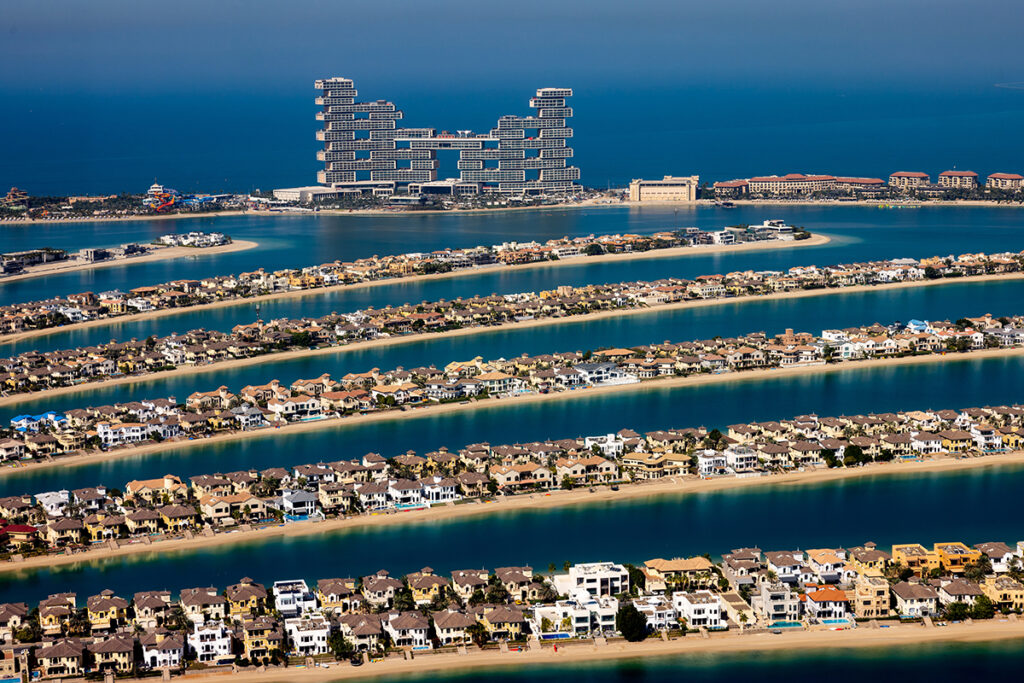
The investment case has proven to be particularly strong, with branded residences offering what Kinariwala describes as “more predictable, resilient, and future-proof returns” compared to traditional luxury developments.
Core return-on-investment (ROI) drivers includes premium pricing power through brand recognition, higher rental yields from lifestyle-focused tenants, faster resale processes with international buyers and stronger asset management protecting long-term value.
Abu Dhabi emerges as major growth center
While Dubai continues to lead the surge, Abu Dhabi has emerged as a significant growth centre for branded residences, with the emirate’s luxury market reaching AED 6.3 billion in transactions during the first quarter of 2025.
According to a recent report from Metropolitan Capital Real Estate (MCRE), at least 25 branded residences are expected to be announced in Abu Dhabi this year, amounting to a sharp increase from 2024. The secondary luxury market has also recorded a 158 per cent increase in transaction volume year-on-year.
Property prices in branded projects now average AED 2,500 to AED 4,000 per square metre, based on location, which is significantly lower than comparable properties in Dubai and Ras Al Khaimah, making it attractive for international investors, according to Ratskevich
High-profile branded properties including the Jacob & Co Beachfront Residences, Waldorf Astoria Residences, Elie Saab Waterfront, and Nobu Residences – which achieved a record-breaking penthouse sale of AED 137 million are contributing to the country’s growth as a hub for luxury real estate.
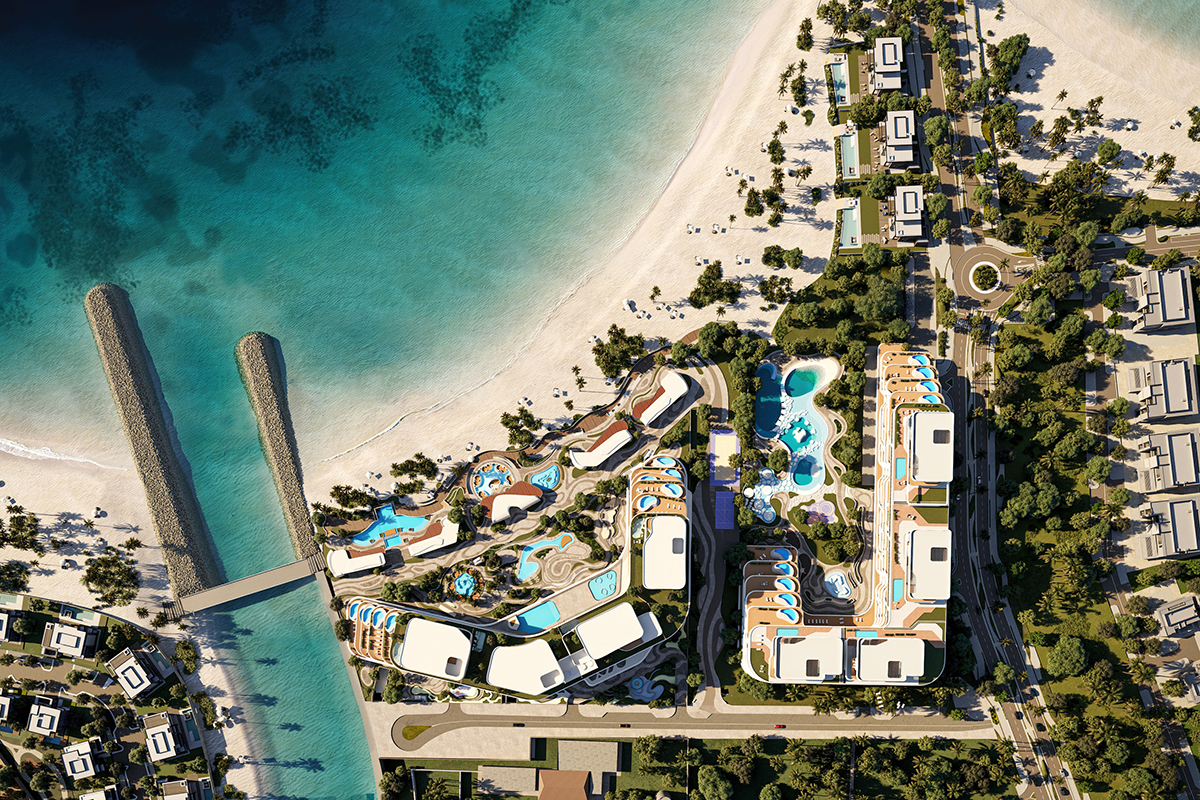
Demographic shift toward end-users
The branded residences market is witnessing a fundamental demographic transformation, evolving from purely investment-driven trophy assets to lifestyle-first purchases by actual residents.
“What started as a trophy asset for global investors is now attracting high-end users who want to live a branded lifestyle, not just own it,” Kinariwala said, highlighting the shift towards primary and secondary home purchases by high-net-worth families from Europe, India, Russia, and GCC countries.
In Dubai, particularly, the trend is strong, with buyers increasingly seeking branded residences as primary homes. Meanwhile, Ras Al Khaimah is particularly investment-led, driven by tourism growth and early access to upcoming landmark developments.
Abu Dhabi has also seen a shift in investor demographics, with UK, US, UAE nationals and other GCC citizens replacing Russian and CIS investors as primary buyers. Nearly half of all buyers are now end-users rather than investors, new data reveals.
Amenities evolution reflects lifestyle demands
The amenities and features within branded residences stands out as a leading factor for increased demand, as developers move beyond traditional luxury offerings to create curate, experiential living environments that reflect modern lifestyle demands.
Data reveals that the most in-demand amenities include hotel-style concierge and valet services, private wellness and spa facilities, co-working lounges and tech-enabled business hubs, resort-style pools and rooftop lounges, as well as, personalised services including housekeeping and in-residence dining.
Geographic expansion beyond traditional hotspots
While established areas including Palm Jumeirah, Downtown Dubai and Dubai Marina continue to attract branded developments, the growth is seen expanding to emerging areas such as Jumeirah Bay Island, Jumeirah Village Triangle (JVT) and Al Wasl.
Ras Al Khaimah is also seen experiencing significant growth, capitalising on its tourism potential and offering a first-mover advantage for investors seeking exposure to emerging luxury destinations.
In Abu Dhabi, key growth areas include Saadiyat Island, Al Reem Island, Mariah Island, Al Hudayriat and Yas Island, among which Saadiyat Island and Al Hudayriat are showing particularly strong momentum.
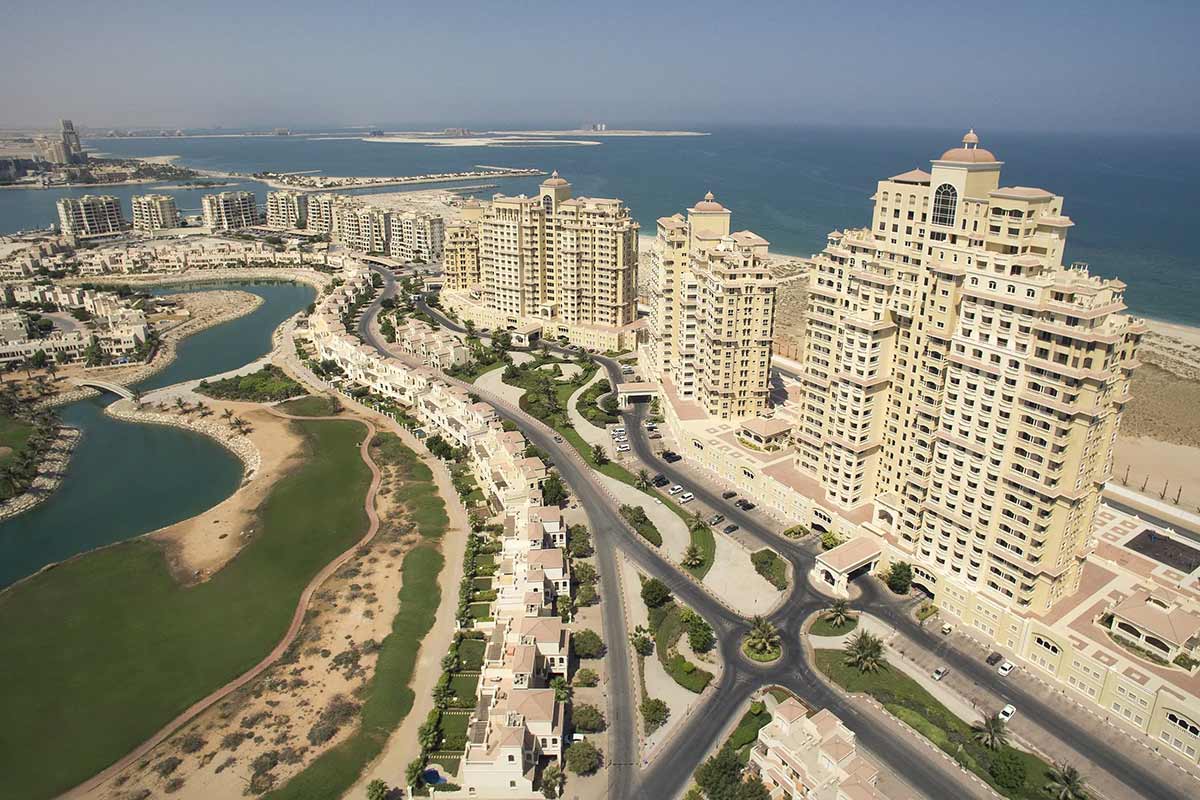
Challenges and market maturation
Despite the upward trajectory in the branded real estate sector, developers face significant challenges. Key hurdles include finding appropriate brand partnerships that resonate with local markets, balancing global design standards with local regulation and cultural considerations and managing premium construction and operational costs while maintaining justified pricing.
“In branded real estate, every detail must deliver. Because you’re not just selling luxury—you’re selling trust, story, and permanence,” Kinariwala explained.
The challenge of differentiation has intensified as more developers enter the market, requiring focus on storytelling, identity, and delivering personalised lifestyle experiences rather than simply applying brand names to buildings.
Future outlook: Beyond traditional luxury
Real estate industry experts anticipate the next wave of branded residences will feature more brand diversification, moving beyond traditional luxury hotel names to include fashion houses, automotive icons, wellness pioneers, and technology brands.
“The next wave of branded residences in the UAE is going to be bolder, more personalised, and deeply experiential,” Kinariwala predicted, highlighting potential focus areas including integrated wellness suites, biophilic design, touchless technology and community ecosystems supporting physical and mental health.
The evolution highlights changing buyer psychology, with high-net-worth individuals seeking properties that reflect personal identity and values rather than just affordability or investment potential.
“This isn’t a fad—it’s a formula that works,” Kinariwala concluded. “With 410 per cent global growth and Dubai poised to lead the world, branded residences are redefining what ‘luxury living’ means in the UAE.”
Industry experts suggest that the shift toward branded residences signals more than just a temporary market trend, positioning the UAE as a global leader in luxury lifestyle real estate while offering investors to a rapidly maturing asset class with demonstrated premium pricing power and superior return potential.
“Branded residences are reshaping the UAE’s luxury real estate map, and we’re seeing clear hotspots emerge as demand accelerates. This isn’t random growth — it’s data-driven, brand-backed expansion where lifestyle, investment appetite, and infrastructure align,” Kinariwala concluded.
